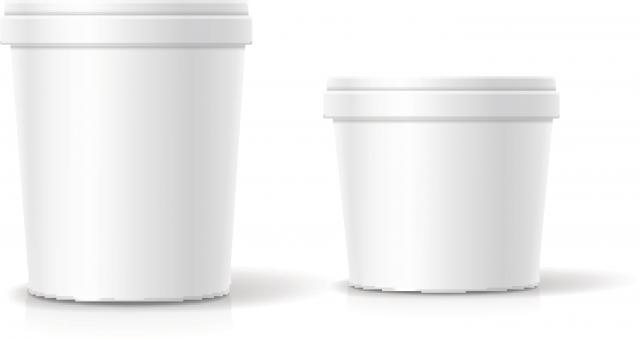
How can we fix the state of plastic recycling?
In honor of Global Recycling Day on March 18, we asked our researchers to comment on the state of recycling and why it’s so important. Slipstream’s Andy Lick, analyst, and Lee Shaver, engineer, give you an overview of the current state of recycling and what we can do today to make it better.
Current state
A plastic toothbrush or plastic pod for coffee machines takes around 500 years to break down. That’s fine because we can recycle those materials, right? Professor of industrial ecology at the University of California Santa Barbara, Roland Geyer says, “A lot of plastic and other materials that go into the recycling bin, get trucked to a materials recovery facility, get separated, baled, and many times the bales get sent to a landfill or incinerator.” One of the major reasons is that these streams of plastics cannot compete with the price of creating new plastics made from crude oil or natural gas. Rather than declining, the virgin plastic industry is increasing production capacity. Another reason the plastic in our recycling bins is not recycled is that China no longer accepts most of what has been sent there as recycling for the past decades. For years, we’ve been exporting much of this material to east Asian countries, especially China and they decided they don’t want to be the world’s dumping ground any more.
In January of 2018, China instituted the “National Sword” policy, which banned the import of most plastics and other materials destined for Chinese recycling processors. Since then, the stream of plastic waste coming into China has decreased by 99%. But even before the policy change this was not a perfect solution, as China is believed to have largely mismanaged the waste.
Municipalities all over the U.S. have either shut down or limited recycling of what used to be accepted. Many accept recycling, but ultimately landfill or incinerate what can’t be processed. The iconic plastic pink flamingoes that populate Bascom hill at the UW-Madison campus don’t live that long and can no longer be recycled because the City of Madison suspended recycling of rigid plastics when China stopped accepting them. This is a mundane example of the larger amount of plastic floating around the planet. It is estimated that there will be 12 billion of tons of plastic in the environment and landfills by midcentury.
How did we get here?
Decades ago, the problem of pollution presented in a different way. In “The Crying Indian,” Ginger Strand reports that “As late as 1960, refillables still delivered 95% of the nation’s soft drinks.” But as brewers and bottlers centralized into larger, industrial-scale operations, they found the cost of collecting and transporting empty bottles was growing rapidly. “Innovation” came in the way of “one-way,” disposable bottles. “By the end of the 1950's, half the nation’s beer would be in throwaway containers. Many of them were ending up as roadside trash.”
Governments responded to this situation in a simple way – since breweries created the bottles that were ending up on roadsides, they should be responsible for dealing with them. In 1953, the Vermont state legislature banned the sale of beer and ale in single-use bottles, requiring bottlers to use and process reusable bottles.
But this did not sit well with the brewers who saw disposables as a cost-saver, and bottle manufacturers who had found a new market. In 1954, a glass manufacturer filed suit, taking the case to the state supreme court. The court ultimately upheld the law, but the industry had already prepared their next move.
The beverage and bottle industry took what had been their interest and concern for decades and turned it into a problem of individuals. Before the 1950's, corporations produced durable packaging and ensured its reuse – everyone agreed this was normal. Today, those corporations produce cheap, single-use packages, which individuals must duly collect and clean. We are charged for their collection and recycling and face fines if we don’t do it properly.
What we can do
We can advocate for policy solutions that require responsibly dealing with products at the end of use, and individually reduce demand for products containing materials that cannot be disposed of through either re-use or decomposition. There are also some promising developments in this space.
In 2018, the Oregon Beverage Recycling Cooperative launched a statewide refillable beer bottle system. As of late 2019, the program had enrolled nine producers and had over half a million bottles in circulation.
In 2019, Loop was started by Terracycle, a leader in recycling materials that are rejected by most recyclers. Loop is, essentially, an effort to put its parent company out of business. They work with major brands, such as Pepsi, Unilever, and Nestle, to develop product packaging that can be reused multiple times. Consumers can order products on-line or purchase them in participating stores, then return them through weekly pick-up, or back to the stores where they were purchased. Currently, loop is available in the U.S. Northeast and Paris, France, with plans underway to expand across the U.S. and into Canada, the U.K., Germany, and Japan.
What do you think? What will be the next innovation around more responsible waste practices?